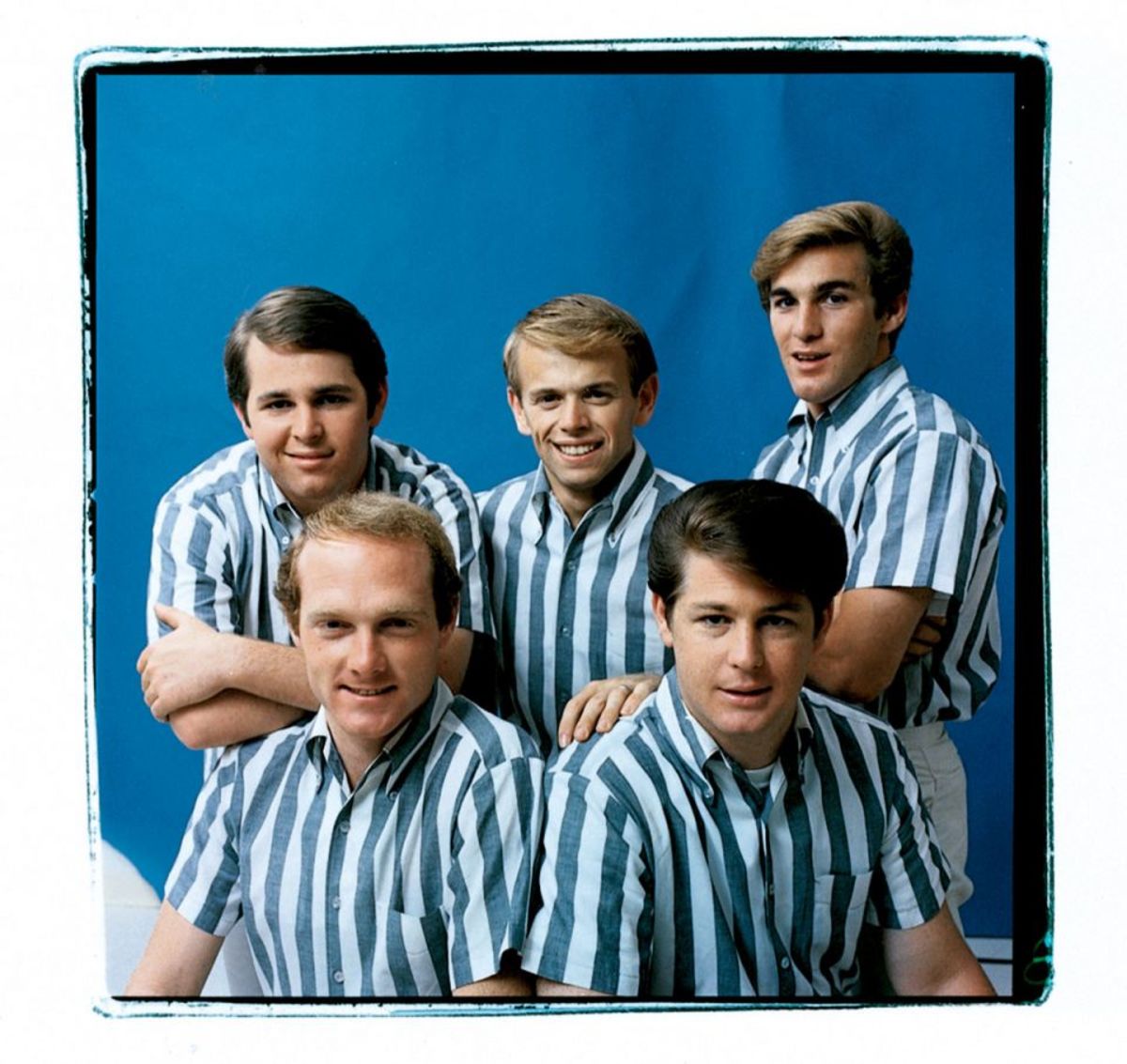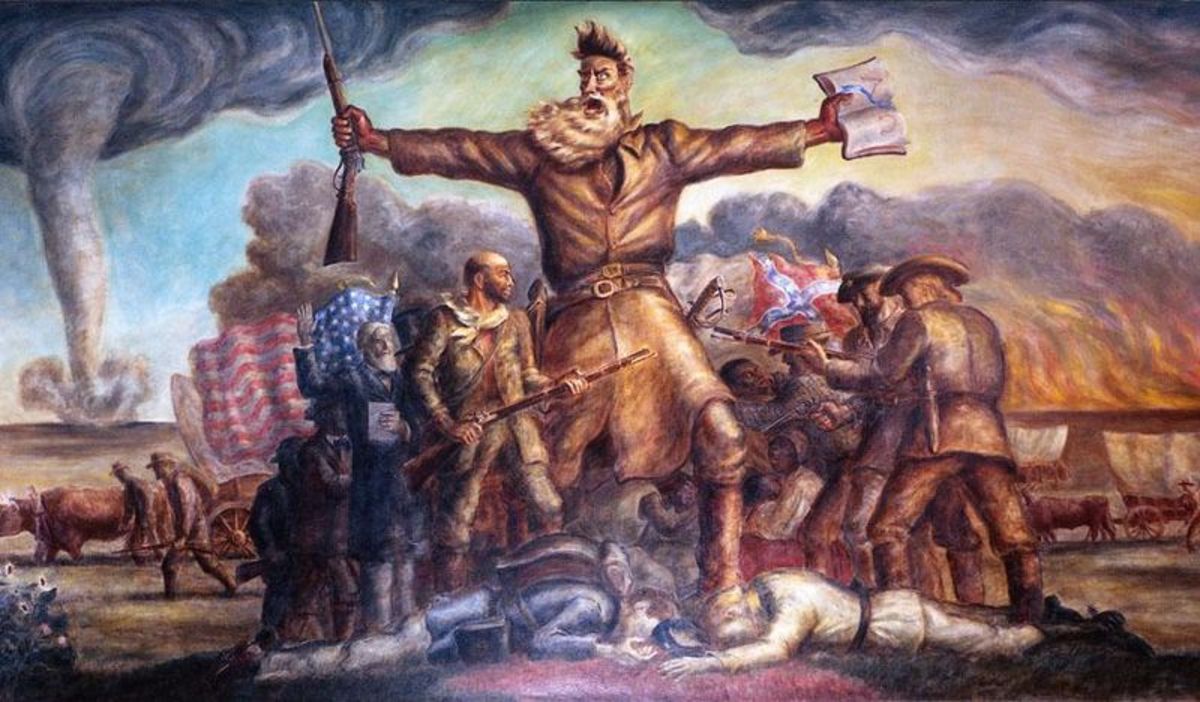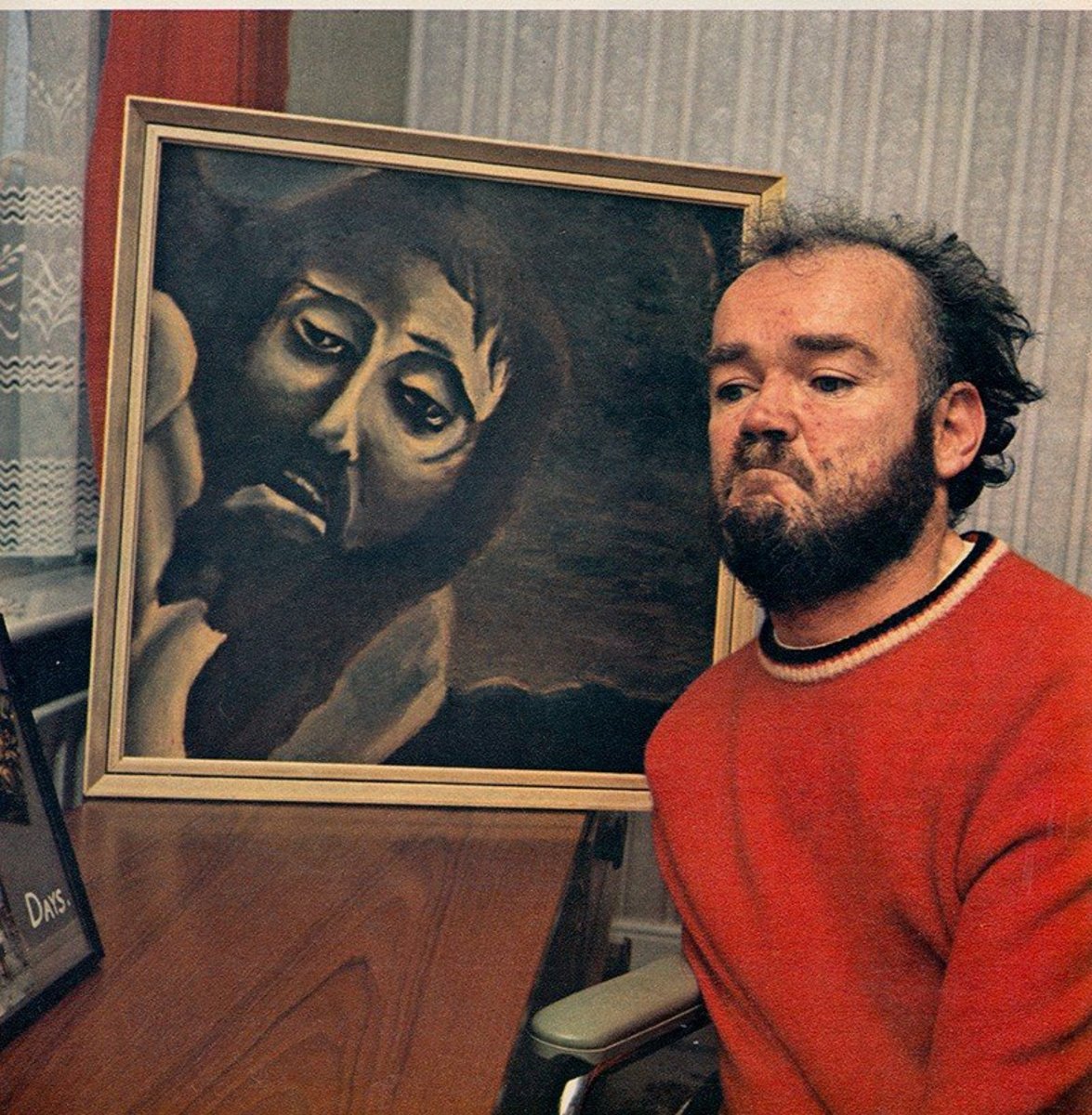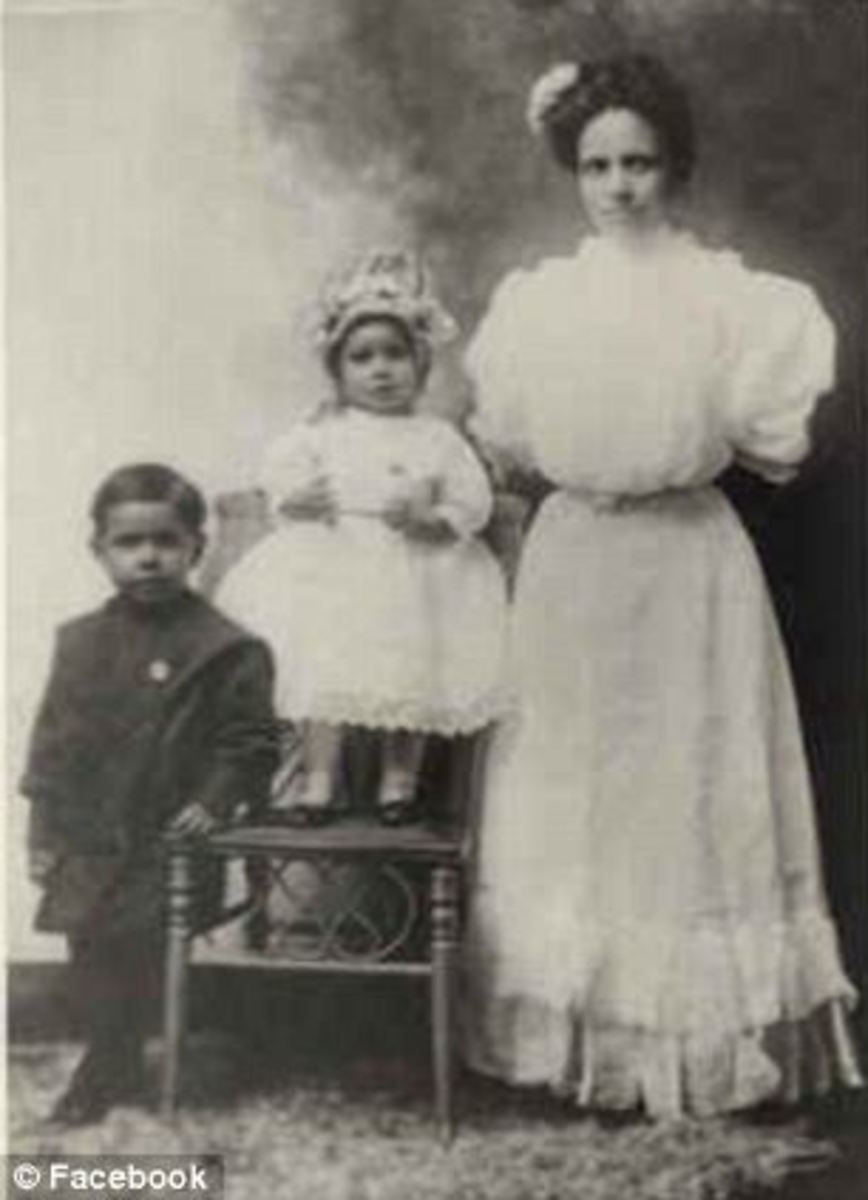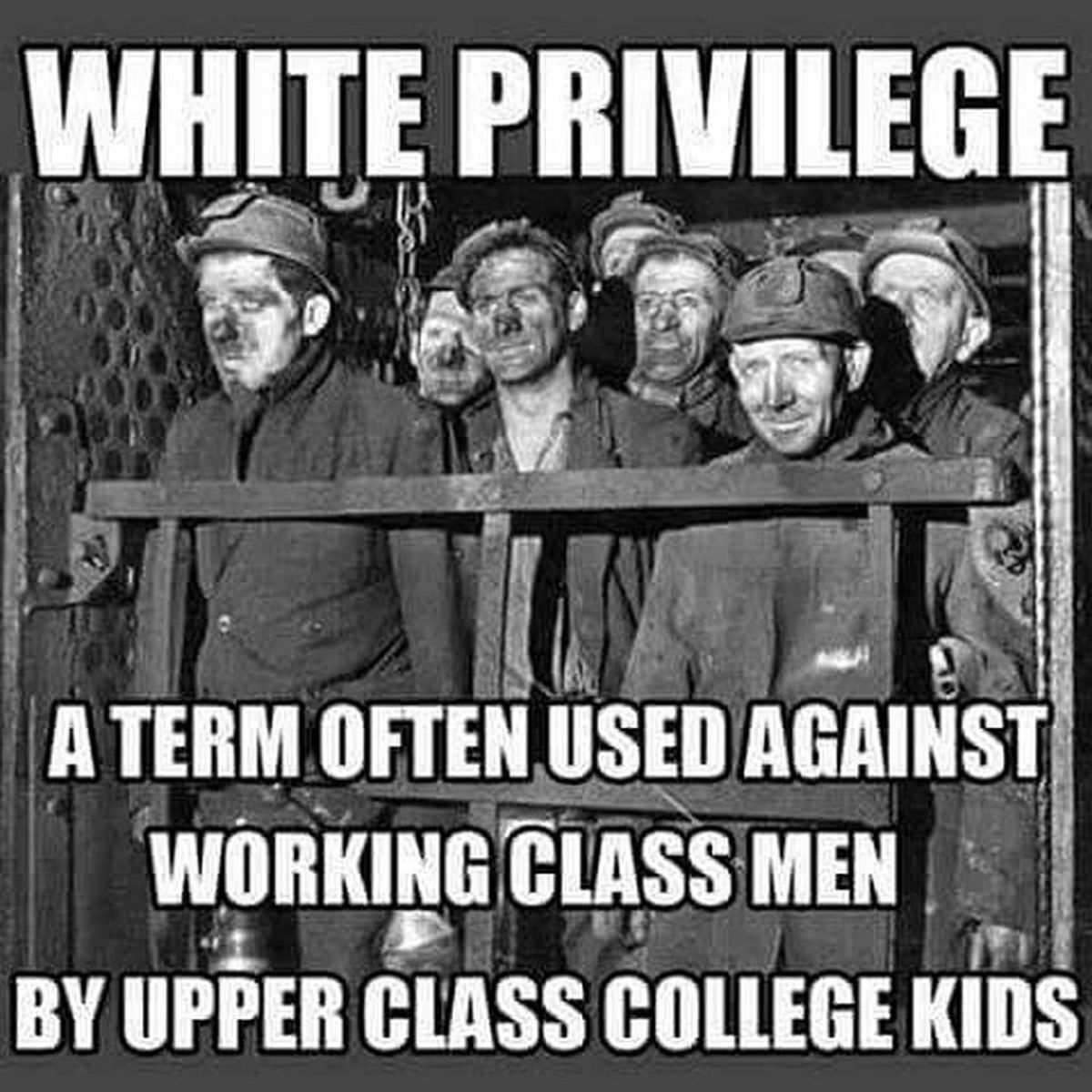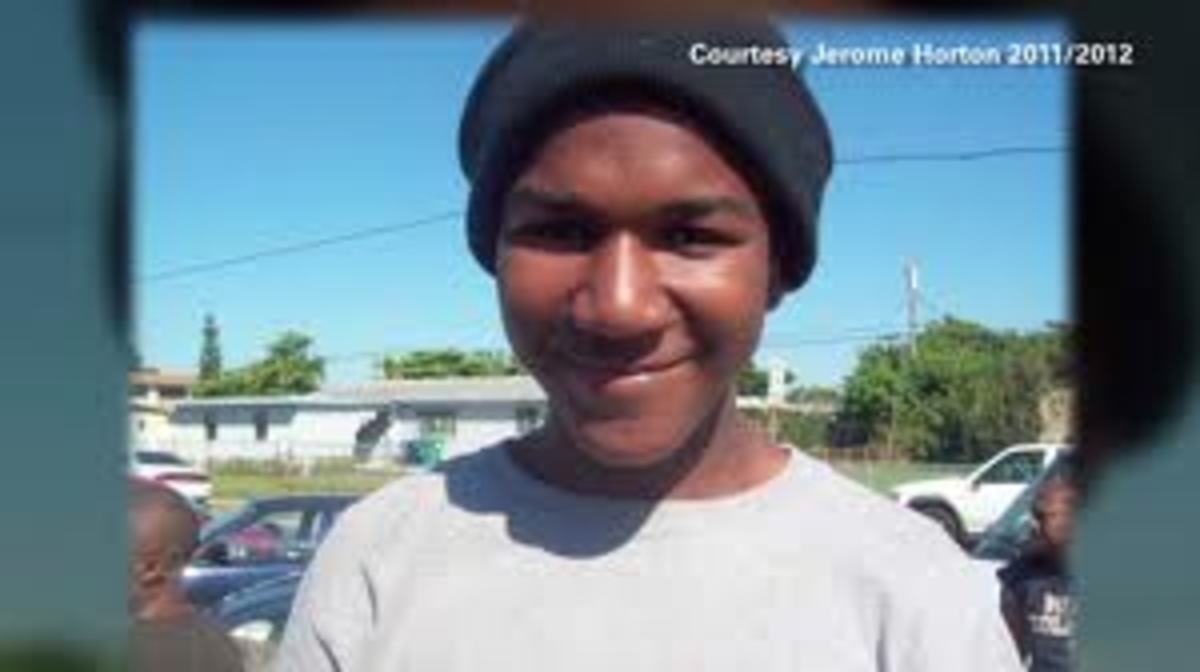A Civilian's Guide to Ferguson
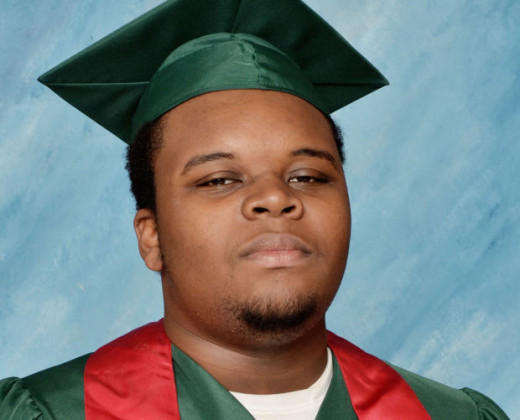
Introduction
Ferguson, Missouri is a city whose largest demographic is African-American, which outnumbers Whites over 2:1. Approximately 60% of the total population is black. The unfortunate death of Michael Brown, a black Ferguson resident, sparked a wave of resentment and fear from the African-American community. His death was at the hand of Darren Wilson, a white police officer who belongs to a police force with an overwhelmingly white staff. This raises many questions over the racial implications, as well as unaddressed or underestimated police brutality. The heavy-handed police response to the initially peaceful protests also garners suspicion of the extent to which the police might be seeking military enforcement in their equipment. There is a lot of ambiguity behind the conditions by which Michael Brown was killed, which only adds to the confusion. However, much of this ambiguity is due to misinformation or differences in interpretation of the physical evidence, which we'll explore here in an attempt to get as many facts straight as possible. Understanding the problems is the first step to being able to talk about them in a rational manner, especially since many of the actions seem, by themselves, irrational, and the entire conflict is wrought with emotion.

The Death of Michael Brown
There is a large amount of physical evidence that was collected after the shooting that gives a picture of what happened. However, there are several things that contribute to hazy conclusions depending on who you speak to, and the evidence supports more than one theory. Here is a helpful diagram to catalog much of that evidence; another interpretive illustration seen to the right. The evidence cataloged includes 14 bullet shell casings - from a .40 police-issued gun proven to belong to Darren Wilson - blood samples, pictures of injuries not posted in the diagram collected post-confrontation (mostly of Darren Wilson collected at the hospital, since the camera of the technician presiding over Michael Brown's body was missing batteries) and eyewitness testimonies. Blood samples were collected from the police car that are a match to Michael Brown, as well as two bracelets and Brown's red baseball hat. Gun shot reside (GSR) was found along Brown's thumb wound where a bullet grazed him. GSR is only dispersed a short range from the barrel of the gun once the bullet is fired. This proves that he was in close proximity to the police car at some point during the struggle.
According to the diagram, what we can definitively claim happened is that Michael Brown and his friend Dorian Johnson were walking down the middle of the street when they were hailed by Darren Wilson in his car. Words were exchanged, which resulted in some kind of a confrontation. The confrontation was, at one point, at Darren Wilson's squad car, but it ended with Michael Brown approximately 152 feet away from the car dead from six bullet wounds; two to his head and six to his abdomen. While Darren Wilson lacked a dash-cam for his car, the radio call was recorded as evidence, and shows that the confrontation itself was brief, lasting little over an hour in total from the time of the alleged robbing (recent evidence disputes Michael Brown's involvement) to the time that Michael Brown was presumably pronounced dead. Darren Wilson's injuries sustained post-confrontation can be seen here. It should be noted that the first picture displayed is a piece of misinformation spread after the incident, as it is not of Darren Wilson but of now-deceased motorcyclist Jim McNeil. Darren Wilson's actual photos are collected near the bottom of the article, and show nothing as dramatic. To CNN's credit, they have tweeted corrections to try to clarify the situation regarding this misnomer.
This is where the hard facts end and the ambiguity begins. What is left to interpretation is everything else, and that's where opinions vary wildly. One of two things likely happened, or perhaps even a combination of both: the first theory, as provided by Darren Wilson himself and a few eyewitnesses is that Michael Brown had robbed a store clerk with force over some cigarros, and upon confrontation attacked Darren Wilson and struggled for the gun. In self-defense, Darren Wilson then shot Michael Brown, and the confrontation came to an end. This accounts for the presence of GSR and Brown's belongings found at the squad car. The second theory is that the confrontation resulted when Darren Wilson tried to force Michael Brown into the squad car, resulting in the blood samples, GSR on his hand, and the dropped bracelets and hat. Therein, Michael Brown fled from the car and yelled that he was unarmed and allegedly begged the officer not to shoot,where he was shot six times and left in the street.
Disputes Regarding the Evidence
The physical evidence itself is considerable, but because the evidence can be interpreted in dissimilar ways, this is where the majority of the confusion surrounding Ferguson lies. Here are some key issues with the evidence that have been brought into question after Michael Brown's death:
- the ballistics evidence shows that the head wounds were made at a downward and right-leaning angle, which indicates that the head wounds were made from a trajectory indicative of a significant height difference between the gun and the victim.
In Layman's terms, that means that because the angle was downward, that the bullet had to come from a higher point than where it entered Michael Brown's head. That means at some point Michael Brown, who was 6'4" and 292 lbs, was somehow shorter or at a lower point than officer Wilson, who is the same height. The only way to explain this is that Michael Brown was on the ground. which corroborates several eyewitness statements that Michael Brown was brought to the ground and then shot again. The GSR on his hand can also be explained by Darren Wilson approaching him while on the ground and shooting downward with Michael Brown's hand raised. However this is still only an interpretation, and is not corroborated by the majority of witnesses.
- Michael Wilson is believed to have punched Darren Wilson in the face in his charge against the officer.
While the presence of GSR on Brown's hand proves he was within 6-9 inches away from the gun, the injuries noted on Darren Wilson do not corroborate this statement that Wilson was charged. Wilson, according to the hospital employee, showed "no [signs of] apparent distress" as well as "scant physical injury" according to article author Laura Collins. Michael Brown was not a small person. He was the same height as Wilson and seventy pounds heavier. If he came swinging at Wilson with the intent to injure, Wilson would not look the way he does. As I also mentioned before, false rumors spread regarding a picture allegedly Darren Wilson sustaining significant injuries in light of the shooting. However, this image has been proven to be someone else. The damage to Michael's character, however has already been done.
- the validity of condemning Michael Brown as a robber
The same video released that showed Michael Brown robbing a store clerk can also be viewed as him strong-arming the clerk, paying for his cigarros, and leaving. Supposedly Michael Brown had taken more than he could pay for, and was told he had to return them. Though he may have landed a hit on the clerk, the criticisms to the video vehemently state that it is not strong enough evidence to definitively pin Michael Brown as a criminal, and certainly not strong enough to try to justify that robbing a store warrants being shot to death. The store clerk was not the one to call the police to report the incident, it was by a customer who witnessed it from outside the store. An interpretation could indicate that the witness perceived a robbery and called the police, which brought Darren Wilson across Michael Brown's path. There is also a statement released by Police Chief Tom Jackson that the two incidents "were not related" and that Darren Wilson could not have approached Brown with the knowledge of the supposed crime.
- Stigma raised when Brown's blood tested positive for marijuana
There have been long-standing stigmas placed on marijuana that decry it as an "evil" drug that serves as a gateway to other, more dangerous drugs. This has been in place longer than "the war on drugs", which began around the time of the Reagan administration. Marijuana has been proven to be impossible to overdose on, unlike harder drugs like cocaine, PCP or heroin. If any drug claims the most lives per year, it's unarguably alcohol at, according to the Center for Disease Control and Prevention, 88,000. Marijuana is slowly gaining more positive attitudes since its use has been linked to medical benefits such as mood improvement and decrease in pain for those suffering from a variety of illnesses from cancer to fibromyalgia. Several states have decriminalized it and some, like Colorado, have even legalized its recreational use.
But the important thing to note is that Michael Brown had it in his system, and many find this as an excuse to call him a "thug" or a "criminal". The state of Missouri has taken strides in improving its own policies on the use of marijuana, so the presence of it in Michael Brown's system is hardly cause for intense alarm over how he "illegally obtained it". Legalization has even been considered for the November ballot. Considering the symptoms of marijuana - a natural depressant - do not coincide with heightened aggression or volatile emotional states, it is next to impossible to assume that Michael Brown smoked pot in order to rob a store and/or then take on officer Wilson.
- Darren Wilson's account is full of inconsistencies
Darren Wilson claims that Brown struggled with him for the gun, put distance between them, and then charged him. The evidence collected from Wilson shows minimal injury, despite his alleged opponent being his height and significantly heavier. If Brown was big enough for Wilson to "fear for his life", as he had been quoted saying in his defense, then Wilson's injuries would be more severe. What's more, is that Michael Brown's body was found 152 feet away from the car. Brown would not have charged at Wilson before sustaining his fatal injuries and yet still appear that far away from the car. Wilson also said that Brown went for his face, when he shows no nasal injuries, real deformities or severe swelling. He said Brown scratched his neck, but the skin was hardly even broken, let alone contused, bruised or bleeding. He claimed that he shot in self defense, fearing for his life, but his emotional state, according to the hospital staff who collected the evidence, showed "no signs of distress". There were also fourteen bullet casings. It's hard to argue that firing fourteen shots counts as self-defense, especially when only six hit. Wilson's reaction can be interpreted as shock, as it was only immediately after the incident, or remorselessness. The grey area this inhabits is maddening.
- Darren Wilson reportedly destroyed evidence, skewing the interpretation considerably
Protocol was thrown to the wind in this entire case from the way Wilson allegedly acted - there is an incredibly strong case for 'excessive force' at bare minimum - to the way Michael Brown's body was handled, to the way the evidence and press were handled, to how the Grand Jury was presented evidence. Wilson admitted to washing blood off of his hands before photographers were able to collect evidence. This could have proven his guilt or innocence definitively, and could have been the key piece to secure a trial. This action can very easily be construed as a sign of guilt or awareness of fault. The Grand Jury was presented with the evidence and to make conclusions on their own instead of being presented a case, which is protocol.
- While Michael Brown's character has been questioned, comparatively little attention has been spent on Darren Wilson's past and trying to construct his moral character.
Darren Wilson's police record has been spotless until the Brown shooting according to The New York Times. He was a "good" but also a "nondescript kid", describes Barney Brinkmann, Wilson's former ice hockey at St. Charles West High School. The same could be and has been said for Elliot Rodger, who perpetrated over nine murders of young women. Wilson grew up around a mother accused of several financial crimes such as stealing and forgery. The victim of his mother's crime was someone he trusted, someone who trusted his family. What impact would this information have had if it was released the same day - or even week - as the Michael Brown "robbery" video? Why do we need to snoop through the past of the black victim, the one who was shot and killed, and not the past of the white shooter? This is a result of two biases compounded on each other: the bias that police officers should be trusted because they are somehow less capable of doing the wrong thing, and the bias that black individuals who become entangled with law enforcement are guilty of crimes. The argument can be made that if the race tables were turned, if Officer WIlson was a black man, and Michael Brown was a white teenager that the country would have reacted very, very differently. Elliot Rodgers garnered a massive, defensive group of fans who defend his character even against overwhelming evidence and in the face of his blatantly misogynistic manifestos published on Youtube. The same can be said for Wilson under more racially intolerant lines rather than misogynistic ones. What's worse is that the lack of indictment further stands in the face of the Brown sympathizers.
- Conflicting accounts of the incident.
Witnesses came to the Grand Jury hearing to speak on behalf of both Michael Brown Jr and Darren Wilson. The fact that these people all claimed to be in the same place at the same time already proves the long-known fact that eyewitness statements are unreliable and largely inconsistent. However, the fact that both circumstantial and physical evidence is in such conflict should have been reason enough for the Grand Jury to grant a trial. Many witnesses say that Brown fell backwards with his hands raised crying "Don't shoot!" Others say that Brown indeed went for Wilson's gun. Others still say that Brown went for the gun in an act of self-defense and fear, and then ran away, surrendering before being dealt the fatal shots and falling where he was later recovered. The fact that the physical evidence can give two or more conflicting reports with the same strength should also spur further interest and investigation. But due to the Grand Jury's decision, we may not see it.
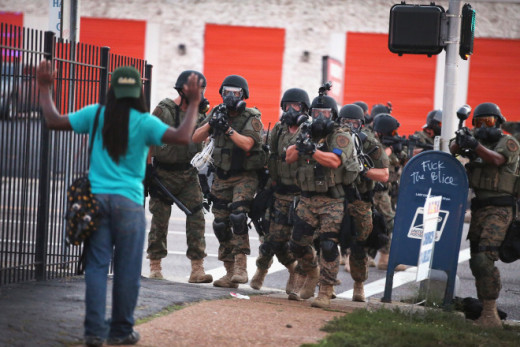
The idea behind this slandering, according to many, is to prove that in line with the "self defense" plea Darren Wilson has put forward, Michael Brown was a "justifiable homicide". That if he robbed a store, then Darren Wilson had every right to be cautious and was justified in shooting him six times. In light of Darren Wilson's indictment, many take this as the explanation. Thousands of people believe this, made evident by the fund raised for Darren Wilson's defense for the upcoming Grand Jury hearing. The link to this campaign is no longer active.
Michael Brown as a Catalyst
The death of Michael Brown, though tragic, is nothing new. Nor is the Grand Jury's refusal to indict Darren Wilson. In fact it can be speculated that, since it is only the most recent incident of white-on-black violence that the resulting ire is all the worse. Wesley Lowery of The Post says that gleaning just how many black people have met death at the hands of police officers is difficult to say due to several factors:
- Police offices are asked to self-report police shootings, fatal or otherwise, and it is incredibly likely that many fatal shootings caused by a police officer are undocumented
- the fact that "justifiable homicides" (deaths resulting from the attempt to arrest individuals) have been documented but not released since 2009 because the FBI found them "unreliable" calling them "crappy data"
- even less data exists for non-fatal police shootings, skewing what little data exists
What's even more frightening was the coverage on Michael Brown and the damning of his character post-mortem. The Ferguson Police Department withheld the name of the officer who shot Michael Brown for nearly a week, which infuriated sympathizers of the Brown family, and those who claimed to be witnesses. They said that the police department was protecting Darren Wilson's identity, which was not helped by the fact that Darren Wilson was then put on paid leave for the rest of the investigation until he resigned a few days ago, a grand total of over 90 days. He is reported to not be given severance pay, though this is little comfort.
When they finally did release Darren Wilson's name, they also released a video of Michael Brown allegedly assaulting and then robbing the store clerk shortly before his death the same day. Angry, racist opinions exploded on social media, calling Michael Brown a "thug", a "criminal" and even a "dog" while others cried out in his defense, sparking the #IfIwasgunneddown Twitter campaign - an attempt to show the media's biased portrayal of individuals of color after incidents such as this - which immediately went viral. This slandering of Michael Brown, an 18 year old teenager destined for college in a week, who was gunned down in the middle of the street whose body was left in the street for four hours in the hot sun before being covered with a tarp rather than being placed in a body bag, and then was transported in the back of an SUV instead of a mandated police vehicle, should be seen as unacceptable. This was despite proper protocols required when usually answering a call like this, and shows many that Michael Brown's body was sorely mistreated.
Trigger Warning: The video displays some graphic language and potentially graphic imagery of a real corpse.
Michael Brown's Removal
Confidence in the police force from the black community has been tenuous at best, even before the Ferguson incident. Mike Newport, author and compiler of The Gallup Review concerning Black Attitudes on Police reports that since 2011, attitudes surrounding the Criminal Justice System (CJS) and Law enforcement differ widely depending on race. There was more than a 20% difference in amount of confidence in the judicial system, and African Americans are at the lower end of that difference where whites are at the higher end.
So tensions between African American citizens and law enforcement as well as the CJS are already strained, because the inherent imbalances are staggering. Huffington Post claims that at least five black people have been killed by police "within the last month". Outside of the issue of race, five people being killed by anyone is a heart-wrenching statistic. This alone is a cause for outcry.
Protests arose in Ferguson and the greater area surrounding St. Louis, and started as peaceful marches of Brown sympathizers demanding attention from other civilians and of the country at large towards the circumstances witnessed at the scene of the shooting. They demanded that Darren Wilson's name be released while it was withheld, and pushed for judicial action to be taken. When the protests gained enough steam, they attracted people from all over to flock to them, either joining in the peaceful marches or to react in a more violent way.
Cop calls Black Protesters "F***ing Animals"
Reactions
Peaceful protesters marched around Ferguson crying for justice on behalf of Michael Brown against Wilson. This alone did not spur looters and rioters, but rather a combination of this and the police's distinct overreaction and in some cases blatantly racist remarks such as the example in the video to the right (Trigger warning, offensive language therein). Police responded with throwing tear gas in the eyes of protesters, and then threatening them if they tried to wash it out. They came with armored vehicles and riot shields to what were originally peaceful gatherings of protesters, reminiscent of military combat scenarios. Even Veterans cried out against the excessive force police exhibited on Ferguson. The strong hand with which the police dealt with the situation only spurned the community and incited more rage, and this feedback loop continued until curfews were mandated in the town. The extent to the police's excessive behavior extends to blatantly refusing to allow media in the area, either treating them with tear gas, or forcefully and unconstitutionally apprehending them. In addition, they instated a "no-fly zone" over Ferguson with the intention of, as stated by St Louis County Police Chief Jon Belmar, trying to "protect both those in the air and those on the ground". But CNN writer Ashley Fantz also quoted several FAA (Federal Aviation Administration) managers, stating that "[The police] finally admitted it really was to keep the media out". This FAA manager targeted the St. Louis County Police in a series of recorded telephone conversations. However, the FAA itself denies this.
Since this started, most Ferguson schools are closed due to the likelihood and proximity of violence, which threatens their students not much younger than Brown.
The violence with which the looting and rioting has escalated does warrant action, make no mistake. Ferguson needs to be safe, and riot police are a natural reaction to destruction of property. However, notable differences arise between police reactions to Ferguson and police reactions (or lack thereof) to situations that pose similar threat to local communities such as the Pumpkin Festival debacle in Keene, NH in October. There, riots did ensue, property was destroyed, but the police didn't arrive in armored vehicles carrying body armor and 5.56 mm rifles. Keene is also, demographically speaking, mostly white. This brings up the question of how the police view similar situations but react so differently. It is not only difficult to try to separate what happened from the racial implications, but impossible.
The so-called "riots" that are occurring in Ferguson even now are from individuals separate from the Brown sympathizers. They express resentment towards the CJS which they feel has failed them. Maybe it has, but to destroy property is an unacceptable and dangerous outlet for such feelings. It got even more complicated and race-fueled when the KKK threatened lethal force against Ferguson protesters. Even the 4chan-derived social vigilante force "Anonymous" - already infamous for hacking the Westboro Baptist Church's homepage and exposing the rapists in the Steubenville case - got involved. Anonymous started "doxxing" (exposing personal information on the internet) the members on social media in a campaign called #Hoodsoff. This added fuel to the rage already surrounding a volatile social issue. How effective it is at quelling the tension is questionable at best.
The Indictment
Choosing not to indict Officer Wilson was a shock. Ben Casselman explains why this is an unusual course for a Grand Jury to take, stating that in 2010, over 162,000 cases were brought to trial. Only 11 were not. 11. "Former New York state Chief Judge Sol Wachtler famously remarked that a prosecutor could persuade a grand jury to “indict a ham sandwich,” Cassler writes. "At any level, it is extremely rare for prosecutors to fail to win an indictment."
So why? Why didn't the indictment go through? Even if Wilson was found innocent of murder, he could very easily have been guilty of excessive force. There were, after all, fourteen shell casings recovered, and only six of those bullets pierced Brown. Wilson could be charged with tampering with evidence when he washed his hands, when he deliberately disregarded protocol. There were so many directions a prosecutor could have taken with the mountain of evidence collected, that it's nearly unthinkable that a Grand Jury would choose not to indict him. The controversy surrounding this case caused literal riots in the streets. There have been protesters marching and calling out for months. If the Grand Jury wanted to help bring peace, they could have indicted Wilson as a political move. This has been done before. But cops are rarely indicted, according to this slate.com article. The Grand Jury was presented the evidence without proper context, which is far from protocol, and it took the jurors less than three days to come out with the verdict. This slip-up in following procedure mixed with the previously discussed biases surrounding police officers leads many to believe that, while unfair, this failure to indict is not surprising.
Conclusions and What You Can Do to Help
Racial tension in this country has decreased little since the Civil Rights movement. Many would believe that the Jim Crow laws have changed to act in subtler ways, but the death of Michael Brown and the refusal to investigate the guilt of his shooter should be highly suspect to everyone. What's worse is that the Ferguson Police have shown the extent to which local police forces have started arming themselves with the same equipment sent overseas to Iraq and Afghanistan, both are war zones, and that there are significant differences between how a police force reacts to black "rioting" and white "rioting".
The frightening trend of belittling and damning the character of the deceased in order to "justify" their death should not exonerate the one who took their life. Misdirection, misinformation and chaotic deviations like the KKK and Anonymous all add to the grey area surrounding Ferguson, and certainly don't add to any chance of it returning to a peaceful situation. They have proven to complicate the search for justice, rather than clarify it. I know I kept several things out of the article, but I wanted to keep the focus around Ferguson and it's difficult to encapsulate the entire issue in one piece. I hope that this cleared the air over the majority of the surrounding issues.
The Municipal Ferguson Library is the sanctuary for Ferguson citizens at the moment, standing in for students' education since many of the schools are closed down. Click here to donate money to help the Library keep educating the students, or click here to help buy books for the Library from an independent book store, and promote learning to young students.

